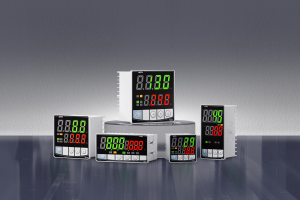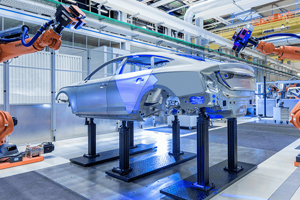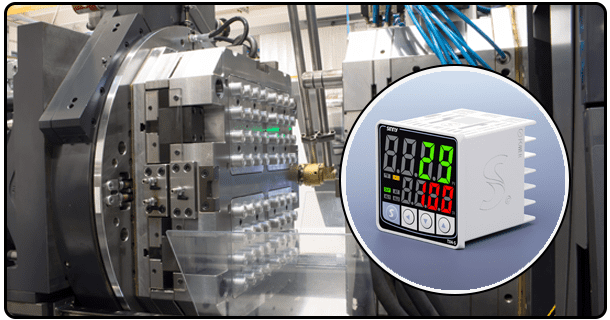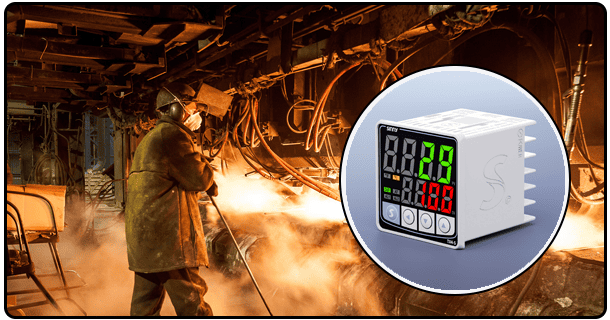Tuning Temperature Control PID System for Maximum Performance
Discover how PID controllers can be tuned for accurate temperature regulation. This comprehensive guide explores methods, challenges and tools.
1. The following is a brief introduction to the topic:
Even slight temperature deviations in various industries can compromise the outcome. The PID controller is a key tool in this process, and their effectiveness depends largely on the tuning. The controller will respond accurately to any changes by tuning, which prevents common problems such as oscillations or overshooting. The article explores the challenges and benefits associated with tuning PID temperature control systems.
2. What is PID tuning?
The PID tuning process is the adjustment of the integral (I), derivative (D), and proportional (P) parameters to improve the performance of the controller. Each parameter plays a different role.
Proportional Control Corrects errors in the current system by changing the output according to the temperature difference between setpoint and actual.
Integral Control targets cumulative past errors, ensuring long-term stability.
Derived Control is a method of predicting future trends based on the change rate in errors.
The PID balances the components to ensure that they operate efficiently, and react quickly without creating instability.
3. What is the importance of PID tuning for temperature control?
The cornerstone to accurate temperature control is effective PID tuning. A PID controller that is not tuned properly can cause temperature overshoots, when the setpoint exceeds, or undershoots, when it does not reach the desired level. These deviations may disrupt industrial processes and lead to waste of resources, or safety risks. In addition, systems that are not properly tuned may show oscillations and delays which can compromise efficiency.
Take the example of food production. A poorly tuned PID controller could cause an oven to overheat and spoil the product. In chemical processing, an unstable temperature can affect reaction rates and alter the properties of the end product. For this reason, tuning PID is crucial for reliable and consistent results.
4. PID tuning methods
PID controllers can be tuned using a variety of techniques, each tailored to a specific application.
Manual tuning involves trial-and-error, with adjustments made in small increments to achieve the optimal balance of P, I and D values. It is time-consuming but offers flexibility to unique systems.
Ziegler Nichols Method This method uses formulas predefined to calculate tuning parameter. This method is particularly useful for novices or systems that have predictable dynamics.
Auto Tuning: PID advanced controllers have auto-tuning built in, which automatically changes parameters according to system feedback. This saves time and energy.
The complexity of the system, and user expertise are factors that influence the choice.
5. PID tuning challenges
Although tuning is important, there are challenges.
System Dynamics : Modifications to the behavior of the system, like varying loads, may affect tuning accuracy.
Sensor errors Inaccurate thermocouple or RTD readings can lead to wrong parameter adjustment.
External Factors : Environmental variables such as temperature variations in the environment can complicate tuning.
To address these challenges, you need a combination hardware that is robust, monitoring in real time, and expert user knowledge.
6. Useful Tools for PID Tuning
The modern technology provides a variety of tools to simplify PID tuning.
Simulation software: Programs such as MATLAB enable users to model system behavior and analyse it before implementing any changes.
Monitoring in Real Time Advanced controllers offer live feedback and allow precise adjustments.
Best practices Documenting tuning, monitoring trends and performing regular calibrations improves long-term performance.
The tools and techniques below will help you achieve the best results.
7. PID tuning in temperature control
The PID is essential for many domains.
Industrial Application: For industries such as food processing, chemical processing and plastic moulding, PID temperature controllers are essential.
Home projects Hobbyists use the PID controllers for brewing, baking and aquariums. They maintain a stable environment.
Research and Laboratory Setting: Experiments require precise temperature control in order to achieve accurate results.
PID controllers are versatile, and this versatility highlights the need for proper tuning to achieve desired results.
8. Maintenance and troubleshooting
For PID controllers to be reliable over the long term, regular maintenance is required.
Signs that Your Tuning Is Poor: Uneven temperature changes or slow responses are signs of a need to recalibrate.
Troubleshooting steps: Check for sensor faults and wiring, then review tuning parameters.
Prevention Practices: Perform routine checks, upgrade software and keep a clean environment in order to avoid issues.
Maintenance that is proactive improves performance, and reduces downtime.
9. The conclusion of the article is:
The tuning of temperature control PIDs is an important task. It directly affects efficiency, accuracy and stability. Proper tuning is essential for a reliable setup and to prevent costly mistakes. PID controllers can be fully utilized by investing the time to understand and implement effective tuning techniques.
Mastering PID tuning can be a valuable endeavor for those who are looking to optimize the temperature control process.























